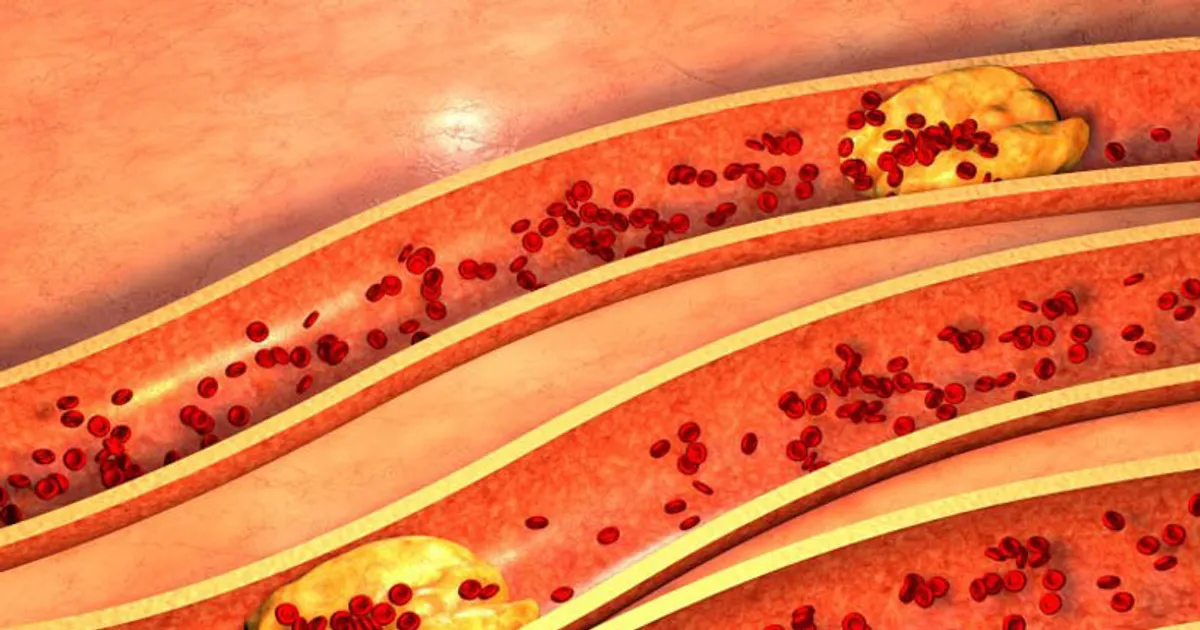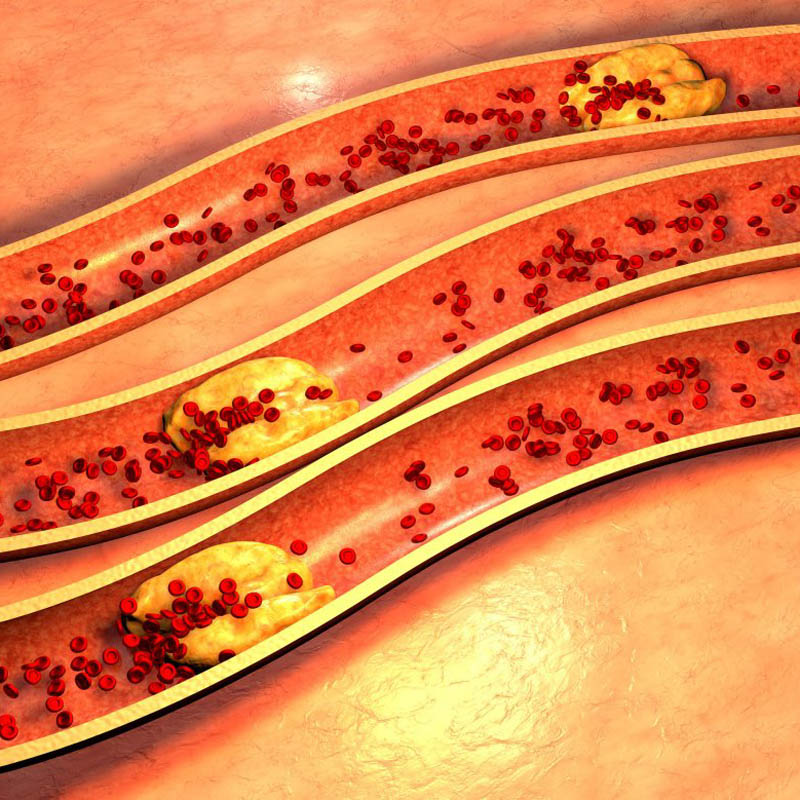The difference between good and bad cholesterol is that good cholesterol transports cholesterol back to the liver, which breaks it down and helps remove it from the body. In the case of bad cholesterol, the cholesterol isn’t returned to the liver but creates layers of plaque on the walls of the arteries. This contributes to diseases such as atherosclerosis, which can in turn lead to cardiovascular diseases like heart attack and stroke. High levels of “bad” cholesterol can also lead to peripheral vascular disease, which attacks the blood vessels in the legs.
Cholesterol is a type of waxy fat that can’t be dissolved in the blood. Therefore, it’s carried around the blood stream on substances called lipoproteins. The good type of cholesterol is called high density lipoprotein, while the bad type is called low or very low density lipoprotein. Most of the cholesterol in the body is LDL cholesterol. HDL cholesterol picks up this type of cholesterol on its way to the liver. The bad news is that it can’t pick up all of it. This is why it is healthier to have high levels of HDL and low levels of LDL. A healthy level of total blood cholesterol is less that 200 milligrams per decaliter, or mg/dL.
Though some cases of elevated LDL cholesterol are due to genetics, most cases are due to dietary and lifestyle factors. To lower levels of bad cholesterol, animal products should be reduced in the diet and fruits and vegetables increased. This is especially true of fruits and vegetables that are high in dietary fiber, such as grains and legumes. The overwhelming majority of cholesterol is either made by the body or derived from animal products. Plants produce very little cholesterol, though they produce substances that are similar called phytosterols.
If the person is overweight or obese, losing weight will also help to lower LDL levels. This is because fat cells in the body are believed to secrete a substance called resistin, which not only increases the amount of LDL cholesterol in the blood, but makes the liver less able to clear it from the body. Resistin also interferes with the action of anti-cholesterol drugs like statins. Regular exercise also helps to lower the levels of bad cholesterol. The person should also quit smoking, if they do.
If diet and lifestyle don’t lower cholesterol levels, statins can be prescribed. These drugs are believed to stop atherosclerosis from progressing and may even be of benefit to people whose cholesterol levels aren’t considered dangerously high.
Despite the bad press that cholesterol gets, it is necessary for life. The trick is in recognizing which of it is helpful and which of it is harmful.
 Shutterstock.com
Shutterstock.com